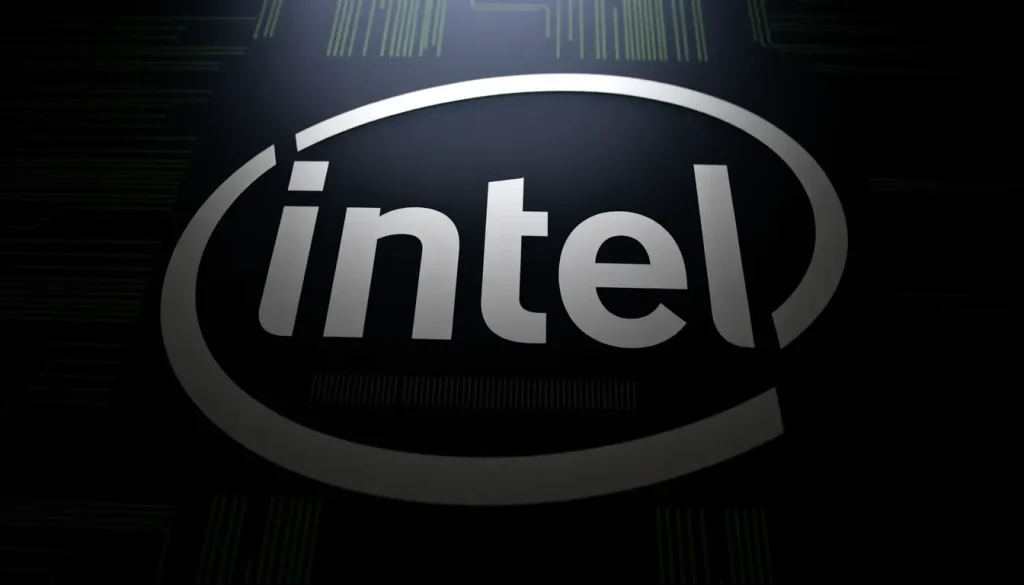Intel to continue making GPUs while NVIDIA won't buy chips

The recent announcement from Intel has stirred the tech community, revealing a complex and evolving relationship with NVIDIA. As both giants navigate the choppy waters of the semiconductor industry, the implications of their decisions will have significant consequences for the future of GPU technology. The CEOs of Intel and NVIDIA confirmed that while Intel will continue to develop its own GPUs, NVIDIA is unlikely to purchase chips from Intel. This raises critical questions about competition, market dynamics, and the role of leading semiconductor manufacturers like TSMC.
Intel's Commitment to Developing Its Own GPUs Amidst Industry Changes
It's noteworthy that Intel's insistence on continuing its GPU production signals a strategic pivot in response to the shifting landscape of the semiconductor market. Despite the challenges, Intel plans to launch products such as the Xe3 alongside the Panther Lake architecture and potentially the Arc Celestial for gaming applications. This dedication to innovation and product development is vital for Intel to maintain its relevance.
The collaboration with NVIDIA, which has been in the works for over a year, reveals a mutual recognition of the need for synergy in a competitive sector. However, this partnership has also raised concerns about the future of Intel's GPU division. In an official statement, Intel emphasized:
"We are not discussing specific roadmaps at this time, but our collaboration is complementary to Intel's roadmap, and Intel will continue to have GPU product offerings."
This suggests that while Intel is restructuring its approach, it does not intend to abandon the GPU market entirely. The upcoming architectures, including Druid, are still slated for release, but their success will heavily depend on market reception and competition from NVIDIA and AMD.
NVIDIA's Strategy: Will They Use Intel's Nodes for GPU Production?
When asked directly if NVIDIA would utilize Intel's foundry services for GPU Tile production, Jensen Huang's response was notably ambiguous. He stated:
"This announcement is focused on custom CPUs. NVIDIA will gain a significant customer in Intel Xeon CPUs. For the SoCs, we will sell chiplets to Intel; this is a new market for us."
This implies that there is currently no agreement for NVIDIA to use Intel's foundry services. Instead, it appears that TSMC will be responsible for manufacturing NVIDIA's GPU Tiles. This separation reinforces the independent paths both companies are taking, highlighting the competitive pressures present in the market.
In summary, while Intel will continue its GPU production, NVIDIA is expanding its reach into laptops and consoles, aiming to challenge powerhouses like Apple and Qualcomm. This strategic maneuver will likely reshape market dynamics, especially considering that MediaTek is facing production challenges.
Comparing Graphics Cards: Intel vs. NVIDIA
The debate over which company produces the superior graphics card has been ongoing for years. With Intel entering the GPU market more aggressively, it's essential to understand the distinctions between their offerings and those of NVIDIA.
- Performance: NVIDIA's GPUs, especially the RTX series, are renowned for their superior performance, particularly in ray tracing and AI capabilities.
- Power Consumption: Intel's GPUs are expected to focus on efficiency, making them potentially more appealing for budget-conscious consumers.
- Price Point: Typically, NVIDIA's products are positioned at a higher price range, while Intel may offer more competitive pricing.
- Software Ecosystem: NVIDIA's software support, including drivers and game optimization, is often considered more robust.
- Market Availability: Availability can vary; NVIDIA has a more established supply chain, whereas Intel's entry may initially face challenges.
As both companies evolve their offerings, consumers will benefit from increased competition, which can drive innovation and help lower prices.
What Are NVIDIA's GPUs and Their Key Features?
NVIDIA has established itself as a leader in the GPU market. Their graphics cards are known for several standout features:
- Ray Tracing: This technology allows for realistic lighting and shadow effects in games.
- DLSS (Deep Learning Super Sampling): A performance-boosting technology that uses AI to increase frame rates without compromising quality.
- Tensor Cores: Specialized cores that enhance AI and machine learning tasks.
- Robust Ecosystem: Comprehensive support for game developers and regular driver updates.
- Wide Range of Products: From budget-friendly options to high-end gaming GPUs.
NVIDIA's commitment to innovation ensures that its GPUs remain at the forefront of gaming and professional applications.
The Future of Intel in the GPU Market
Despite the changes and challenges, Intel's future in the GPU market remains a focal point. As they introduce new architectures and products, the following factors will play a crucial role:
- Market Demand: Understanding consumer needs and adapting quickly will be vital for success.
- Partnerships: Strategic alliances, such as the one with NVIDIA, will determine how Intel navigates competition.
- Technological Advancements: Continued investment in R&D will be necessary to keep pace with NVIDIA and AMD.
- Consumer Perception: Building a strong brand identity in the GPU space will be essential.
With the market's rapid evolution, Intel must remain agile to secure its place as a formidable competitor.
For more insights on the evolving dynamics between these tech giants, check out this video:




Leave a Reply